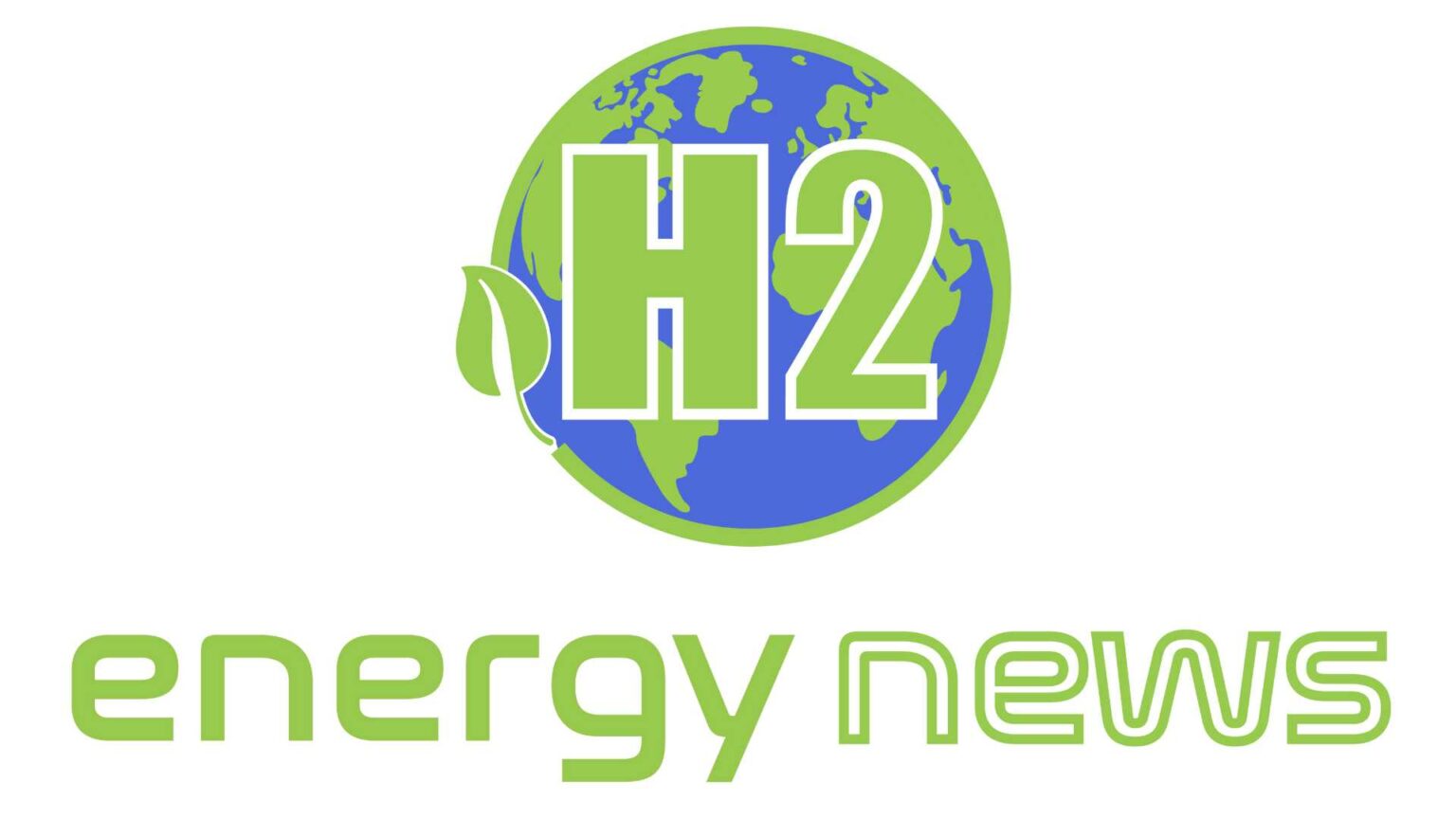San Diego Gas & Electric Company (SDG&E) submitted a proposal to the California Public Utilities Commission (CPUC) on September 8 for a demonstration project on the campus of the University of California San Diego (UC San Diego) to study how blending hydrogen with natural gas in the existing gas system could assist Californians in achieving a successful energy transition.
The project is part of SDG&E’s multi-pronged sustainability strategy to investigate the viability of emerging technologies to rapidly decarbonize multiple economic sectors – ranging from buildings and transportation to industrial and manufacturing processes – in order to assist California in reaching its carbon neutrality goal by 2045.
If approved by the CPUC, the project would explore the possibility of infusing up to 20% of hydrogen into plastic natural gas pipe, a typical material used in the natural gas infrastructure. A segment of a gas line supplying an apartment complex at UC San Diego would use hydrogen-blended gas for equipment such as boilers and water heaters. A specialized, grid-connected electrolyzer would be used to create hydrogen on-site for this project. The outcomes of the study would inform the creation of a California standard for the mixing of renewable hydrogen.
“Achieving the state’s climate goals, including reaching carbon neutrality by 2045, will require a broad range of clean energy technologies. That’s why we are investing in the research, development and demonstration of emerging hydrogen innovations that have the potential to be a game changer,” said SDG&E CEO Caroline Winn. “Developing clean fuels like hydrogen is key to creating a clean, reliable and climate-resilient energy sector, while also stimulating economic and job growth.”
The UC system and UC San Diego have been sustainability pioneers for a long time. By 2025, the University of California system plans to achieve net zero greenhouse gas emissions from its facilities and fleet. The University of California, San Diego is a global pioneer in advanced battery and energy storage research and deployment, and is home to a microgrid powered by a fuel cell as well as the Deep Decarbonization Initiative.
“At UC San Diego, we take immense satisfaction in encouraging innovations and creating answers to real-world problems,” said Chancellor Pradeep K. Khosla. “Since the university’s inception, sustainability and public service have been pillars of the institution. In order to support California’s decarbonization goals, we are studying the economic and safe usage of blended hydrogen through this pilot project.
The project would fulfill a key recommendation from a recent “Hydrogen Blending Impacts” study (sponsored by the CPUC and conducted by UC Riverside) urging utilities to conduct “real world demonstrations of hydrogen blending” to fill knowledge gaps that cannot be addressed through modeling or laboratory experiments.
We are well-positioned to pioneer a clean hydrogen economy because of California’s tremendous solar energy resource and long history of clean energy innovation, said state Senator Ben Hueso, who represents San Diego and Imperial County. “Investments in research, development, and demonstration of hydrogen and other emerging technologies are required to expedite decarbonization in California at this key juncture in the energy transition.”
Throughout all phases of the project, SDG&E and UC San Diego will collaborate closely to develop safety standards, conduct public outreach, and discover research opportunities for students and faculty.
SDG&E’s plan, which was submitted as part of a joint file with SoCalGas and Southwest Gas on September 8, draws from the most recent research and international experiences, including the HyDeploy pilot in the United Kingdom. This experiment proved the injection of up to 20% hydrogen into a university’s natural gas network, indicating that blending hydrogen up to 20% by volume did not negatively interact with current materials utilized in infrastructure, such as network pipes and residences.
Hydrogen is already utilized in numerous industrial and manufacturing processes, including the production of fertilizer and steel. It can be utilized to transport, store, and deliver energy derived from various sources. California may be able to create hydrogen from its extra renewable energy rather than reducing it. This hydrogen may subsequently be fed into gas pipelines, utilized to power fuel cell automobiles, or stored for months and transformed back into energy as needed.
As part of the 2021 Infrastructure Investment and Jobs Act, the U.S. government is preparing to invest $9.5 billion in clean hydrogen programs. This coincides with SDG&E’s proposal. To further stimulate the development of a hydrogen economy, Congress passed the Inflation Reduction Act in August, which will grant a new tax credit of up to $3 per kilogram for the production of clean hydrogen. California declared earlier this year its aim to utilize federal and state funds to construct a sustainable hydrogen center and speed the development of the hydrogen market. Asian and European governments have also started major hydrogen efforts.
As part of the project, a hydrogen storage tank, a hydrogen blender, and an electrolyzer that would make hydrogen by separating water into hydrogen and oxygen would be installed. The electrolyzer is projected to use around a third of the water a typical family consumes in a year. Construction would begin in the second quarter of 2024, with mixing occurring from late 2024 to early 2026. Upon completion of the project, the site would be returned to its initial condition.
